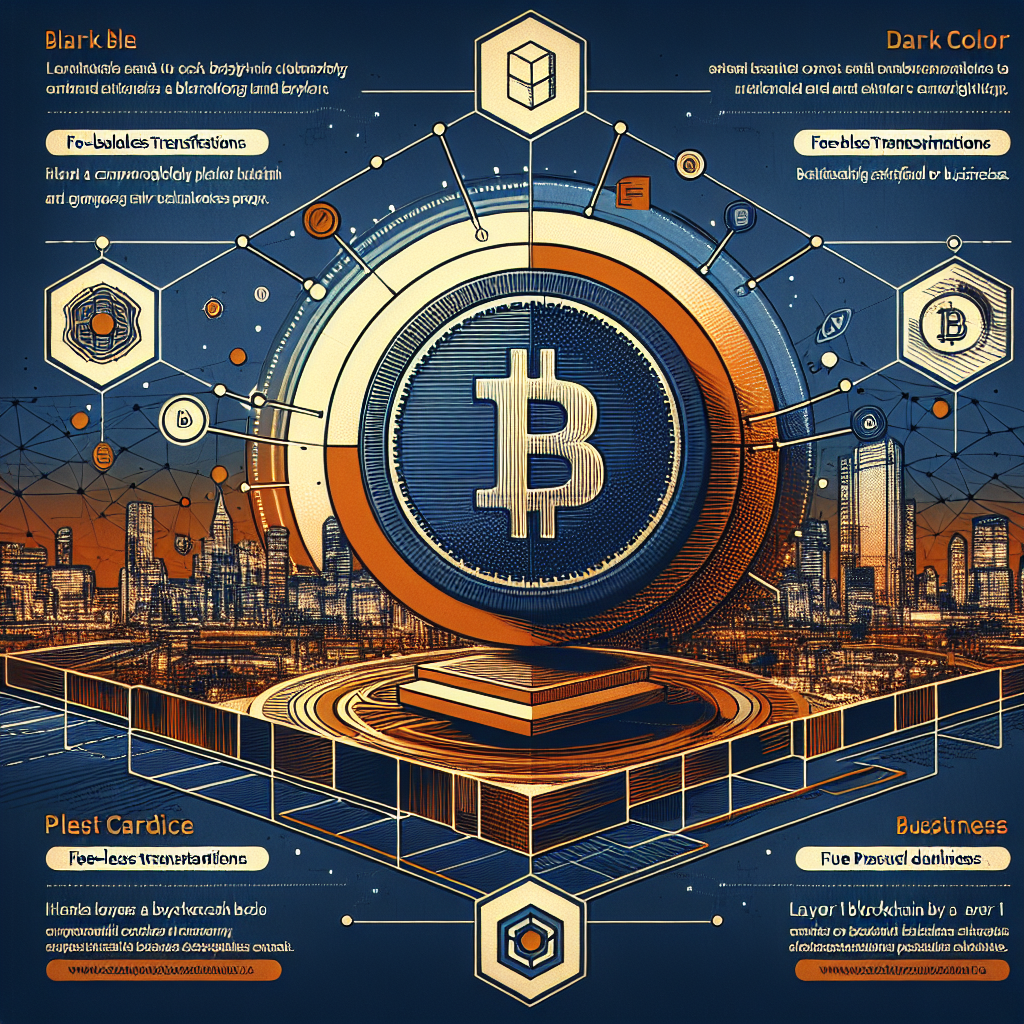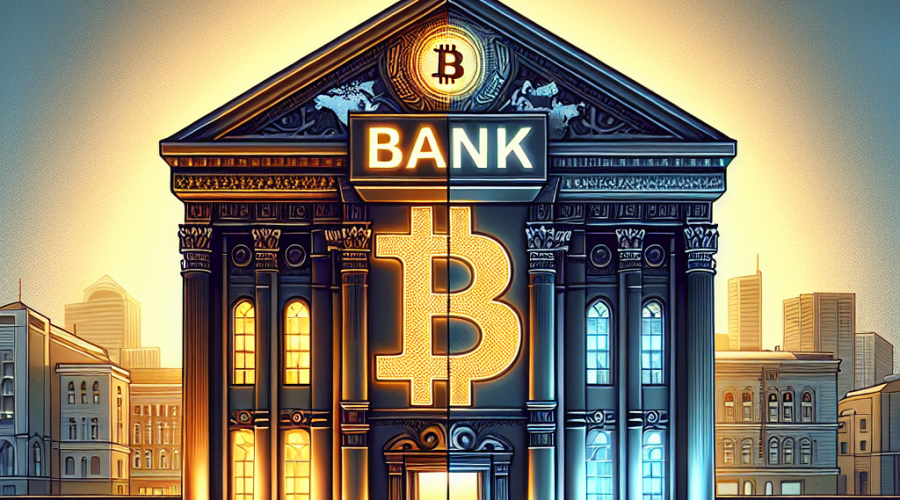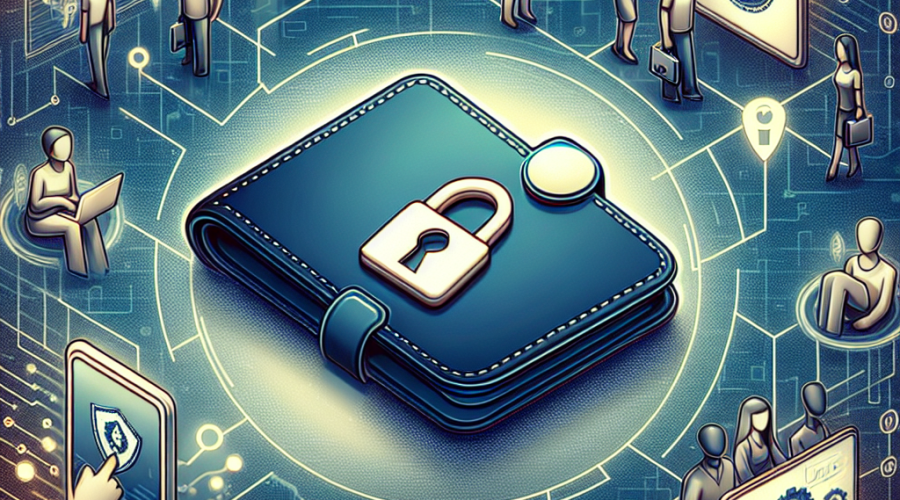Introduction
Tether’s USDT is powering a state-of-the-art Layer 1 blockchain known as Stable. This revolutionary form of ‘stablechain’ leverages USDT as a native token for gas and settlement costs.
Tackling Inefficiencies in Blockchain
Stable is a solution to the inefficiencies that plague the existing blockchain infrastructure. It is tailor-made to address issues such as unpredictable fees, slow settlement times, and complicated user experience. The goal is to unlock the potential of stablecoins and offer faster, cheaper, and more reliable transactions for all users.
Stable’s Unique Features
On reading through the project’s documentation, one finds that Stable is a high-throughput network. Its features include sub-second block finality, full EVM compatibility, and an integration with the LayerZero-based decentralized USDT0 token. This USDT0 token is pegged to Tethers USDT and allows for gas-free transactions.
Notably, Stable’s unique features cater specifically to institutional needs. These include guaranteed blockspace allocation, batch transaction processing, and confidential transfer features. The last of these expertly balances privacy with strict adherence to compliance requirements. The native Stable Wallet also boasts of features such as social login, integration with debit/credit cards, and easily readable wallet aliases.
Future Plans for Stable
The project’s roadmap comprises three phases. The second phase will see Stable adopting optimistic parallel execution to further enhance transaction throughput and building additional enterprise-specific features. The focus of Phase three is on introducing developer tools and optimizing the consensus model of Stable.
Supporters of the Stable Project
The Stable project is backed by USDT0 and Bitfinex, the cryptocurrency exchange that has close ties with Tether. Although it is unclear who exactly is developing the network, Tether CEO Paolo Ardoino expressed his congratulations to the Stable team when the project was announced last month.
Funding of the Project
In a significant boost to Stable, Bitfinex led a $3.5 million funding round in October 2024 for Plasma. This blockchain project, like Stable, is focused on creating a stablecoin-centric EVM-compatible sidechain that aims to scrap USDT transaction fees.
Aims and Aspirations of Stable
Stable aims to revolutionize the stablecoin landscape by building the required infrastructure from scratch. This infrastructure will enhance operational reliability, user engagement, and bolster global financial inclusion. The blockchain will also feature specialized SDKs to aid third-party teams in developing applications tailored for stablecoins.
USDT’s Stellar Performance
USDT is the undisputed leader among stablecoins in terms of transaction volume and market capitalization. With a circulating supply of 157.7 billion tokens, it is a major player in the cryptocurrency market.
Regulatory Developments
The USDT-Stable announcement comes amidst significant regulatory developments in the stablecoin sector. Legislators in the U.S. are making headway in passing the GENIUS Act to regulate the emerging market, which could significantly influence the trajectory of this new blockchain.
Conclusion
Stable represents a leap forward in the evolution and practical usability of stablecoins. With it, Tether’s USDT is poised to redefine the dynamics of transaction costs, speed, and reliability in the blockchain industry.
Disclaimer: The information provided in this article is for informational purposes only. It is not intended as legal, tax, investment, financial, or other advice.














